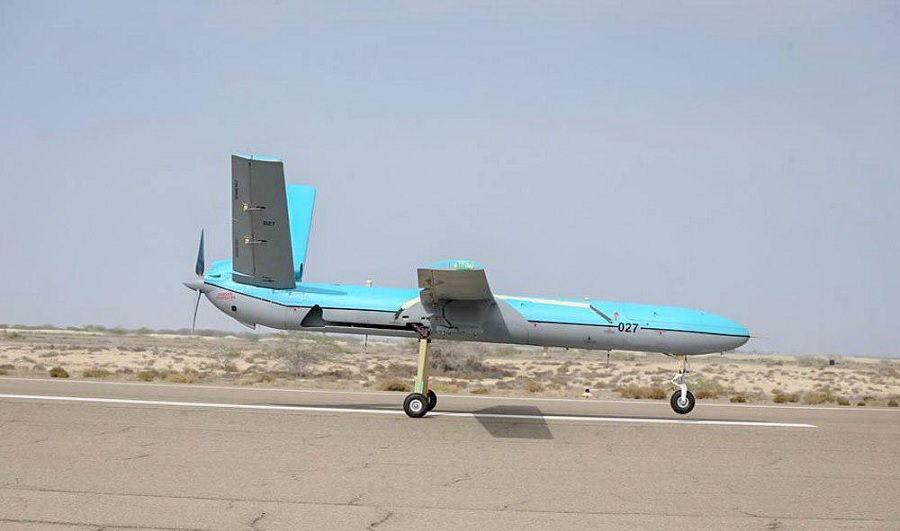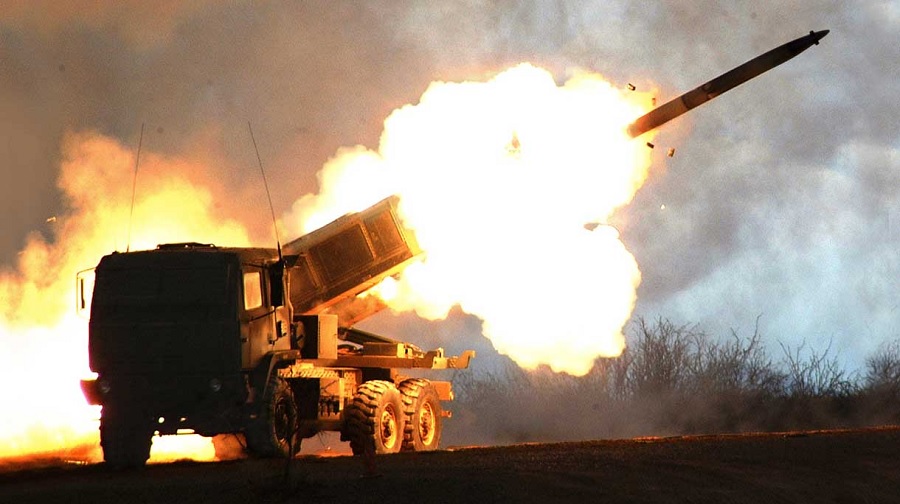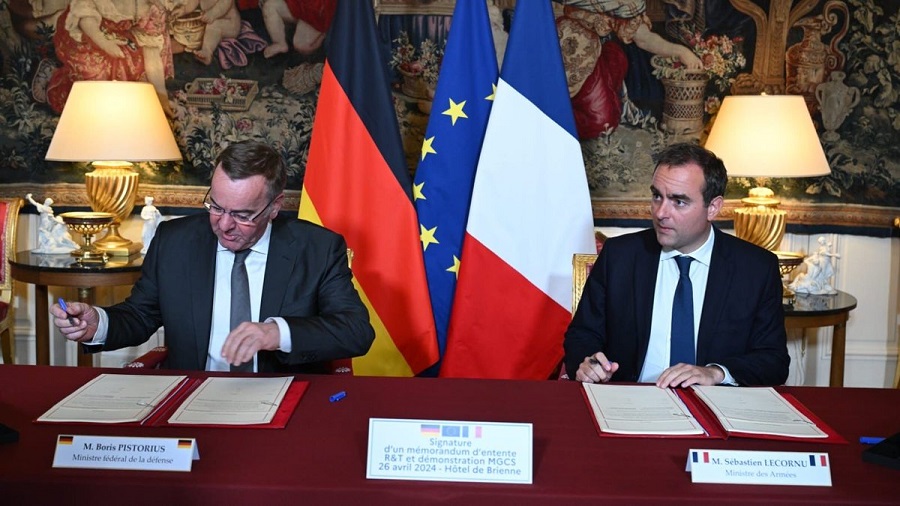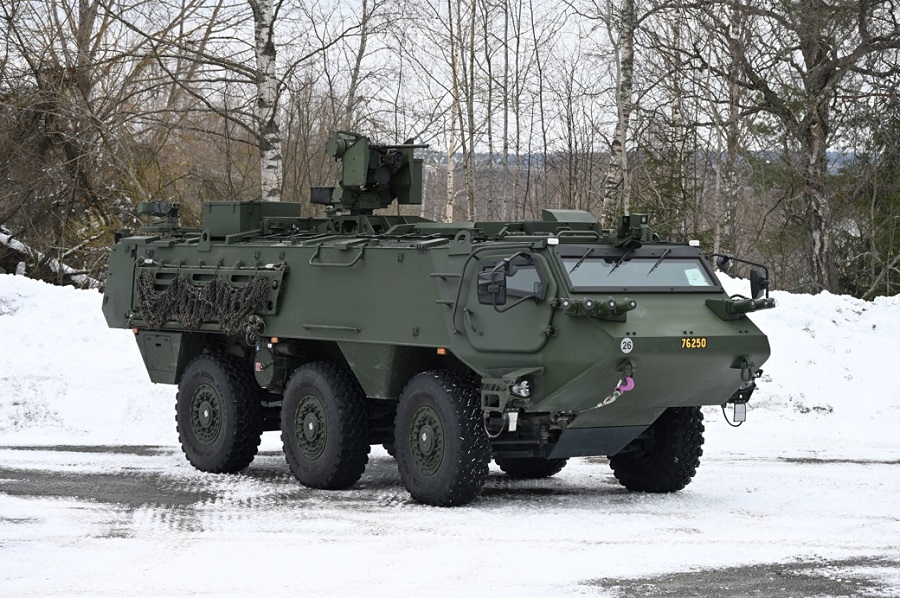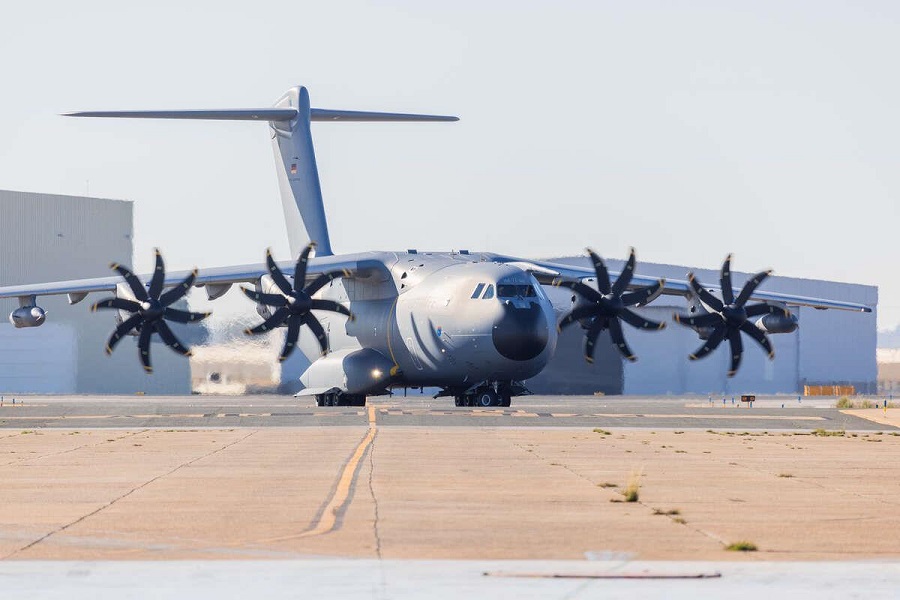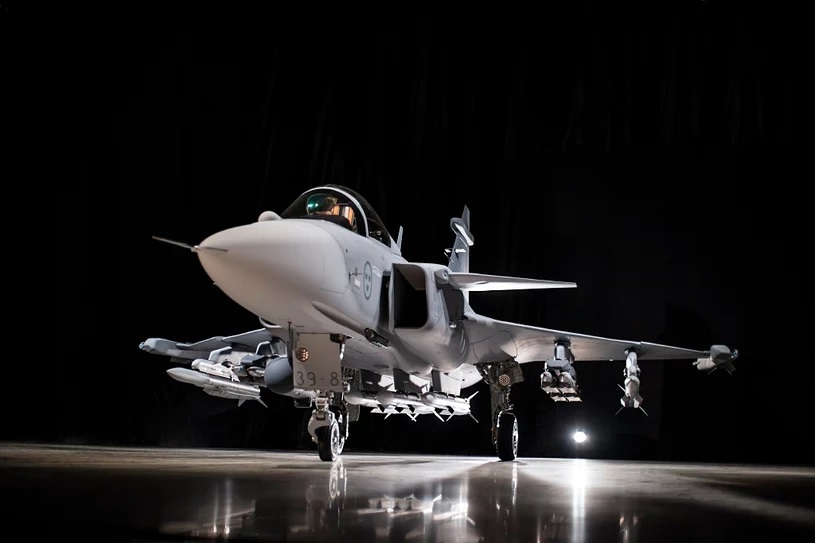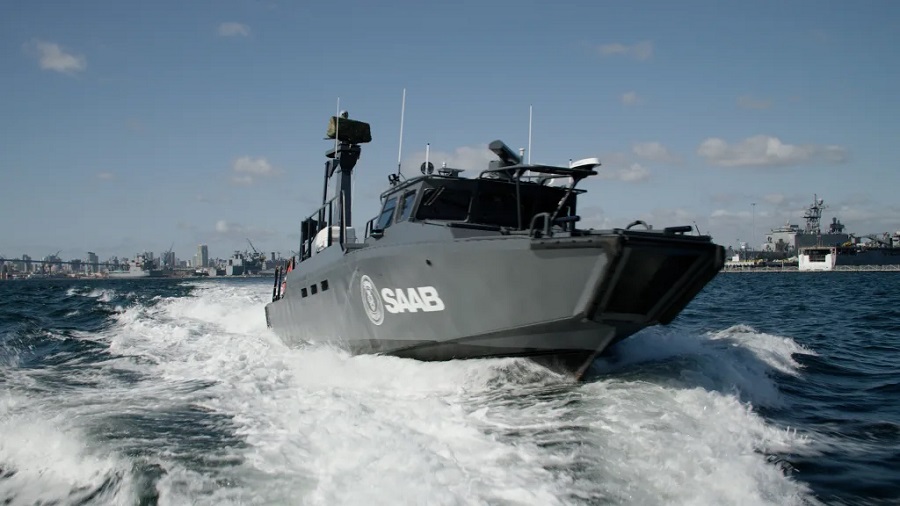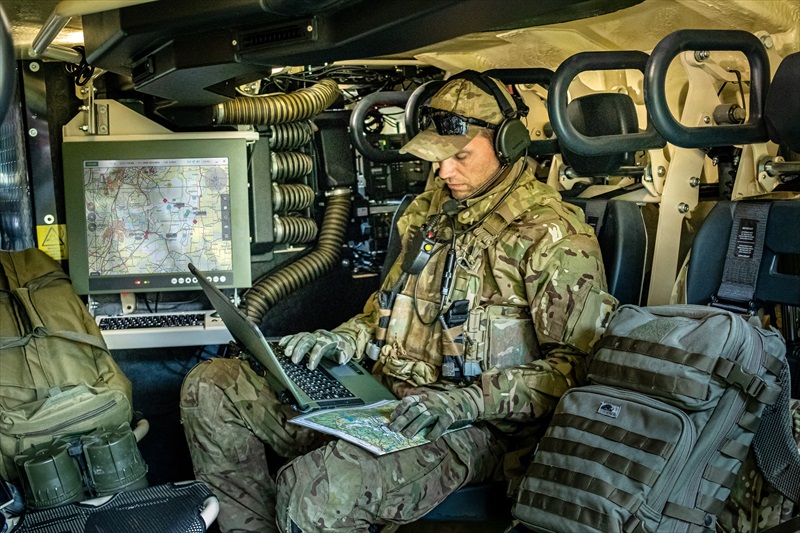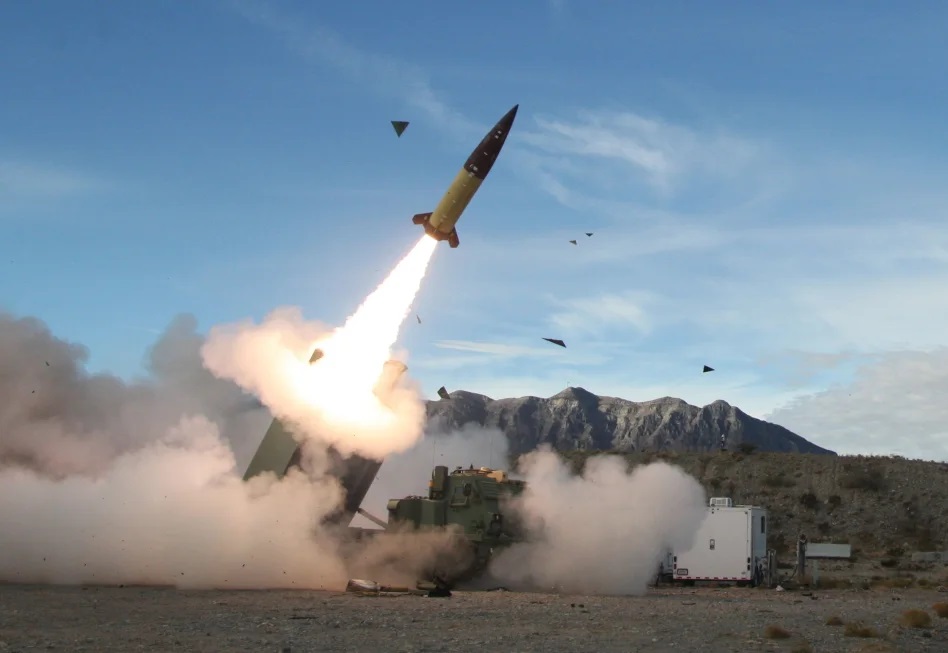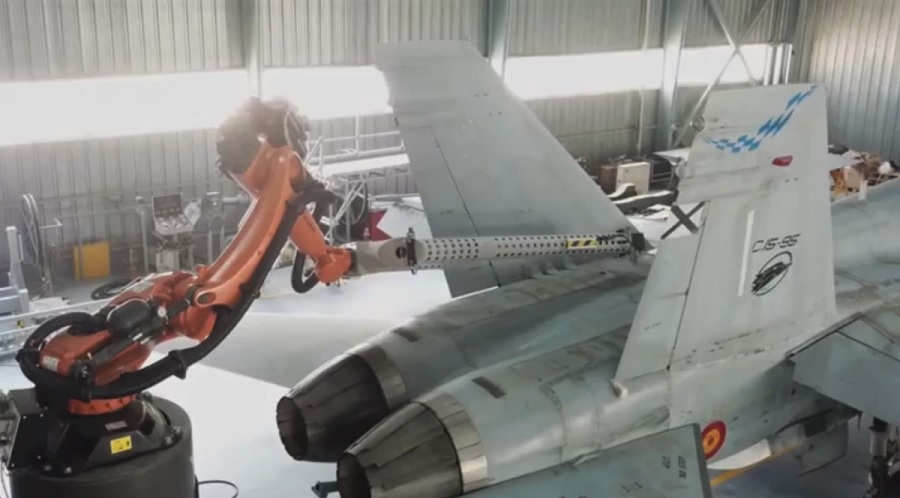The recent development – after supplying large numbers of armed UAVs to Russia that are being used in Ukraine, Teheran is negotiating the establishment of a UAV factory in Russia. Different sources say that the shipments of UAV’s from Iran to Venezuela have been followed by local “assembly” sites.
Dr. Moredchai Kedar, an Israeli expert on Middle East issues said that the Iranians are continuing to build what he calls a “terror empire”.
“The international sanctions do not allow them to export weapon systems so they have decided to establish assembly and production lines in different countries. They send their experts and they manage to use available technologies to manufacture weapons that Teheran is then exporting to its allies around the world”
Some of the weapon systems used by the Houthis in Yemen are being assembled in the country. This local operation began with simple items like land mines, but in recent months the scope of local assembly and some production have been increased.
Earlier this year Iran opened a UAV factory in Tajikistan.
According to a report in the Teheran Times the UAV factory was opened in Tajikistan’s capital in the presence of Iran’s Armed Forces Chief of Staff Mohammad Bagheri and Tajik Defence Minister General Shirali Mirzo.
The production of Ababil 2, an all-Iranian UAV, was built with the assistance of specialists from the Iranian Ministry of Defence.
Speaking at the inauguration ceremony, Major General Bagheri pointed out that Iran, with the efforts of its “committed specialists and scientists” and the use of domestic capabilities, has been able to achieve a significant growth in all military and defence dimensions, especially drones.
“Today, we are in a position where we can export military equipment to allied and friendly countries in addition to meeting domestic needs in order to increase security and lasting peace,” he pointed out.
According to Fars News, General Bagheri described the opening of the Ababil 2 plant in Tajikistan as a turning point in military cooperation between the two countries.
“God willing, in the future, we will see more cooperation and interaction from all levels of military defence between Iran and Tajikistan,” he added.
The Iranian paper wrote that the first important factor that comes to mind is that Iran is eager to share its technological know-how with other nations, unlike many other West Asian nations. Iran and Tajikistan’s agreement to intensify their defensive cooperation is evidence that there are many prospective customers for Iranian defensive expertise.
“However, most countries are scared of the world’s biggest bully imposing illegal extraterritorial sanctions, and hence refuse to work with Iran. However, Tajikistan is showing its affinity to Iran by pledging to cooperate with Tehran.”
According to the Iranian paper, Iran’s cooperation with Tajikistan can serve as a model for West Asia if they abandon their subordination to the U.S. and live in a fearless world.
“Iran’s military advances to build unmanned aerial vehicles (UAVs) has piqued the interest of surrounding countries. As previously said, this technology has attracted many customers, but many have been hesitant to purchase it.”
The Teheran Times report said that today, Iran is in a position to export military equipment to allied and friendly countries and also meet domestic needs to promote regional security and guarantee long-term peace.
Iran’s new weapon production policy has already affected the local development effort. In September a top military official from Iran said that his country has created a long-range suicide drone that can target important cities along Israel’s Mediterranean coast.
Raz Zimmet an Israeli expert on Iranian issues said that the weapon production makes Iran a regional power and in addition, this is a message to the U.S and Europe and in addition transferring production to sites that Israel and the U.S will not try to destroy.
According to the semi-official Mehr news agency, Brig. Gen. Kioumars Heydari, who is in charge of the Iranian military’s ground forces, the Arash-2 drone was created particularly to target Tel Aviv and Haifa , two major cties in Israel.
China was instrumental in the fast development of the Iranian weapon industry.
According to Hiddai Segev a senior researcher from the institute for national security studies (INSS) in Israel, over time, Chinese weapons were made by Iranian enterprises. Iran developed hundreds of Noor and Tondar anti-ship missiles between the early 1990s and the middle of the 2000s, as well as Kowsar missiles based on the Chinese C-701 missile and Nasr-1 anti-ship missiles based on the Chinese C-704 missile.
Iran launched a Chinese-built Nasr-1 facility in March 2010. China probably took advantage of the opportunity to test new technology and operational ideas that it might one day employ in a fight with Taiwan or possibly the US by providing Iran with such weapons.
Israeli defence sources said that it is obvious that the Russians generals told Putin that Ukraine will be fully under Russian control in a matter of days.
This explains the situation in which Moscow was forced to urgently buy Iranian-made armed UAV’s and now ground–ground missiles. The arsenal of these missiles is dwindling and Moscow again went to Teheran for help.
The Russian desperation is obvious as in recent days they used missiles that were originally designed.
To carry nuclear warheads, as basic ground-ground missiles after removing the nuclear warhead.
The British intelligence was the first to understand that problem and the Russian improvised solution.
So now Moscow again came to Teheran and according to Israeli defence sources shipments of Iranian-made ground-ground missiles are about to be sent to Ukraine.
Iran has a very active rocket and missile industry and as mentioned before it also began with copies of Chinese weapons.
Iran has been supplying armed UAV’s and cruise missiles to the Houthi rebels in Yemen, one of their main proxies in the region.
Iran in recent years shipped different weapon systems to Venezuela.
Iran’s main proxies in the middle east are Hezbollah in Lebanon and Syria, Hamas in Gaza and recently certain Palestinian groups in the west bank.
In addition, the Houthis in Yamen are fully controlled by Teheran.
The transfer of Iranian UAV’s to Venezuela began in 2007 but in recent years it has intensified.
“The Venezuelan government’s enduring strategic alliance with Iran suggests that it could allow the Iranians or their proxies to use military assets such as drones for their own purposes,” said Emanuele Ottolenghi, an analyst with the Foundation for Defence of Democracies.
Israeli defence sources following the Iranian effort say that Iran is selling weapons and building local production facilities in different countries as one way to get the money for further development of weapon systems but also as a means to build local “centres of action” that could be used for anti-American and Israeli actions.
Wherever it is possible Israel makes a big effort to destroy Iranian production sites. According to the foreign media, some of the recent attacks performed by Israel targeted Iranian production sites in Syria.


